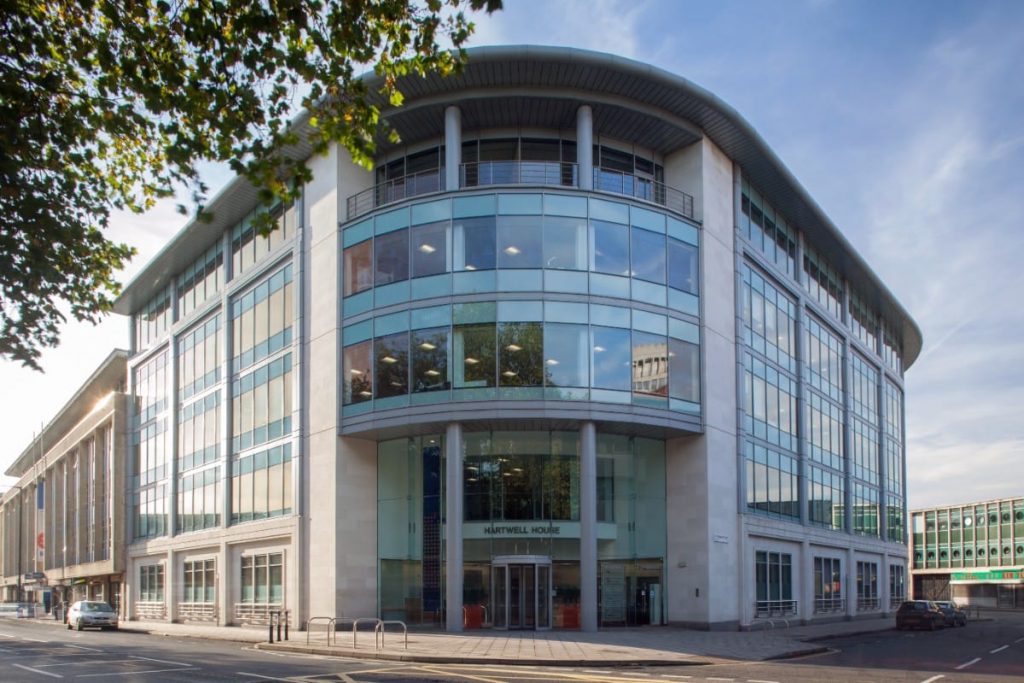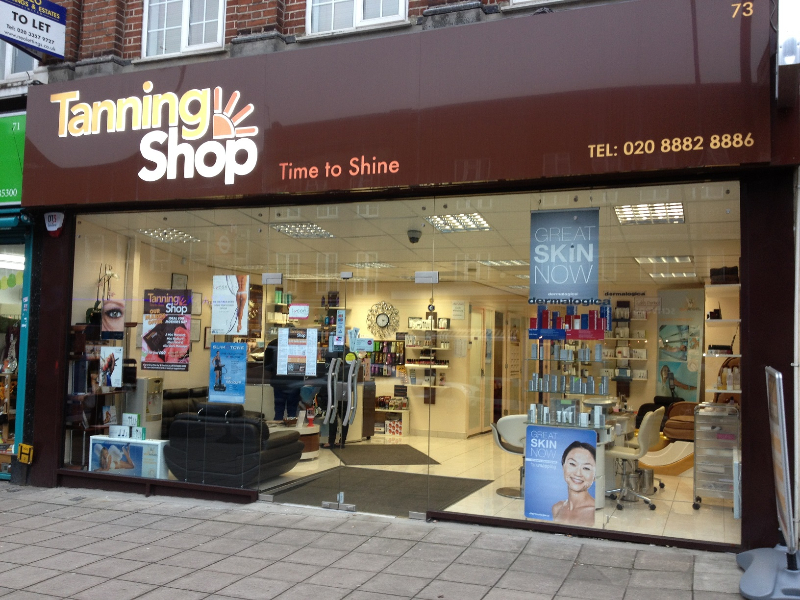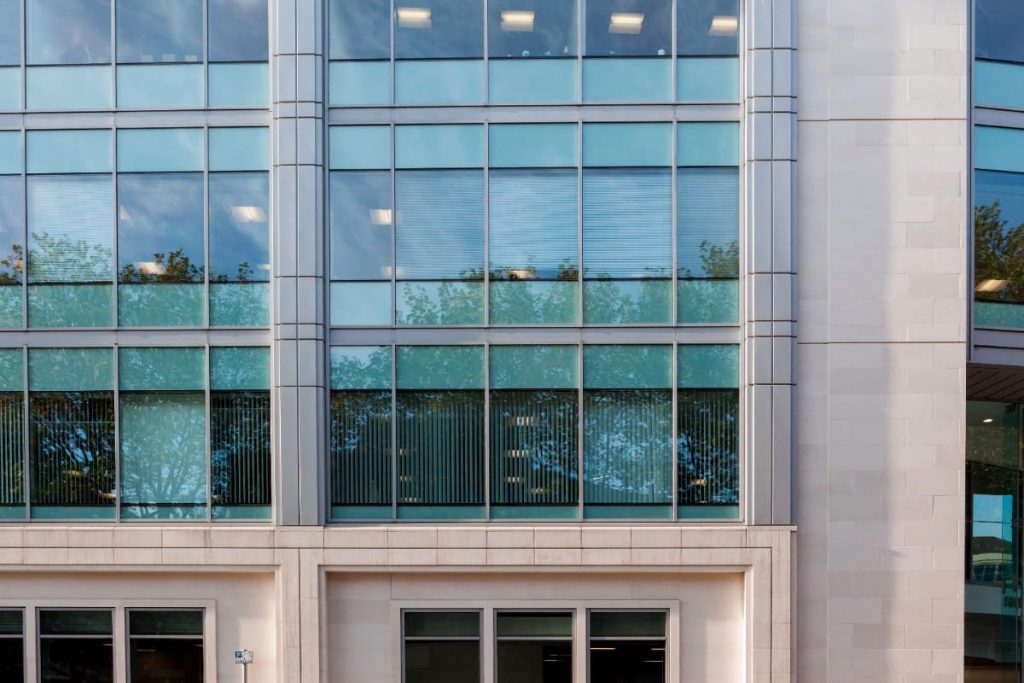What’s the difference between Storefront and Curtain Wall?

First impressions of your business count, and that’s why the facade of a business is imperative. Other than a business’ website, the front of their physical property is often the first thing that potential customers will see, and it’s important that it attracts them.
When it comes to the front exterior of a business or commercial property, a traditional storefront was generally the only option. But increasingly common is a newer option, called Curtain Walling.
Whilst both storefronts and curtain walls are similar, there are some distinct differences between them. Let’s take a look in more detail.
Difference between storefront and curtain wall
The main difference between storefronts and curtain walls is their design, and how this affects the type of buildings they’re most suitable for. Storefronts provide a large window to showcase products and are most suitable for one or two-storey buildings, whereas curtain walls can be much larger and thinner, often used on tall buildings with more than 2 stories.
But let’s dig into each individually.
Traditional storefronts
A traditional storefront is something that you’re likely to see as you navigate the highstreet. Generally, they are added onto retail properties.

Their design allows them to showcase products in the window, thanks to their large display windows. Whilst a large window is fitted, the material is usually made up of aluminum, steel, or wood, in order for the window frame to be thinner, which helps to maximise the amount of space.
Storefronts also handle water differently. Generally, a storefront will allow water to flow into the sill flashing, which then goes through the vertical mullion. This water then leaves the building.
But there’s a downside to how water is handled with a typical storefront, particularly with the British weather.
Heavy rain can cause the system to overflow. There are some ways of mitigating this to some extent, however, such as adding a roof overhang to reduce the amount of water that reaches the storefront.
The other main factor to consider when choosing either a storefront or curtain wall is cost. Ultimately, a storefront is the cheaper option, so if budget is an issue, then a storefront is likely the more suitable option.
Curtain wall
Curtain walls are commonly constructed of aluminium. Overall, a curtain wall is much thinner than a comparable storefront, which can provide a more minimalist look and feel.

There is one main benefit of a curtain wall over a storefront, especially when it comes to the weather. Unlike storefronts, curtain walls are designed to allow water to be swept away individually across each piece of glass. This removes the need for a specific system to handle water.
Whilst the cost for a curtain wall is higher than that of a storefront, curtain walls do make up for this difference with their design and functionality. So if heavy rain is a particular issue, then a curtain wall may be ideal. Likewise, if it’s important for your business to showcase a premium feel, a curtain wall will certainly offer a premium-feeling aesthetic.
Is your business looking to enhance its look?
Make your business stand out on the high street. At BBL Windows, we have been helping businesses across London to enhance the kerb appeal of their business and attract new customers. Speak to our team today to see how we can help.
